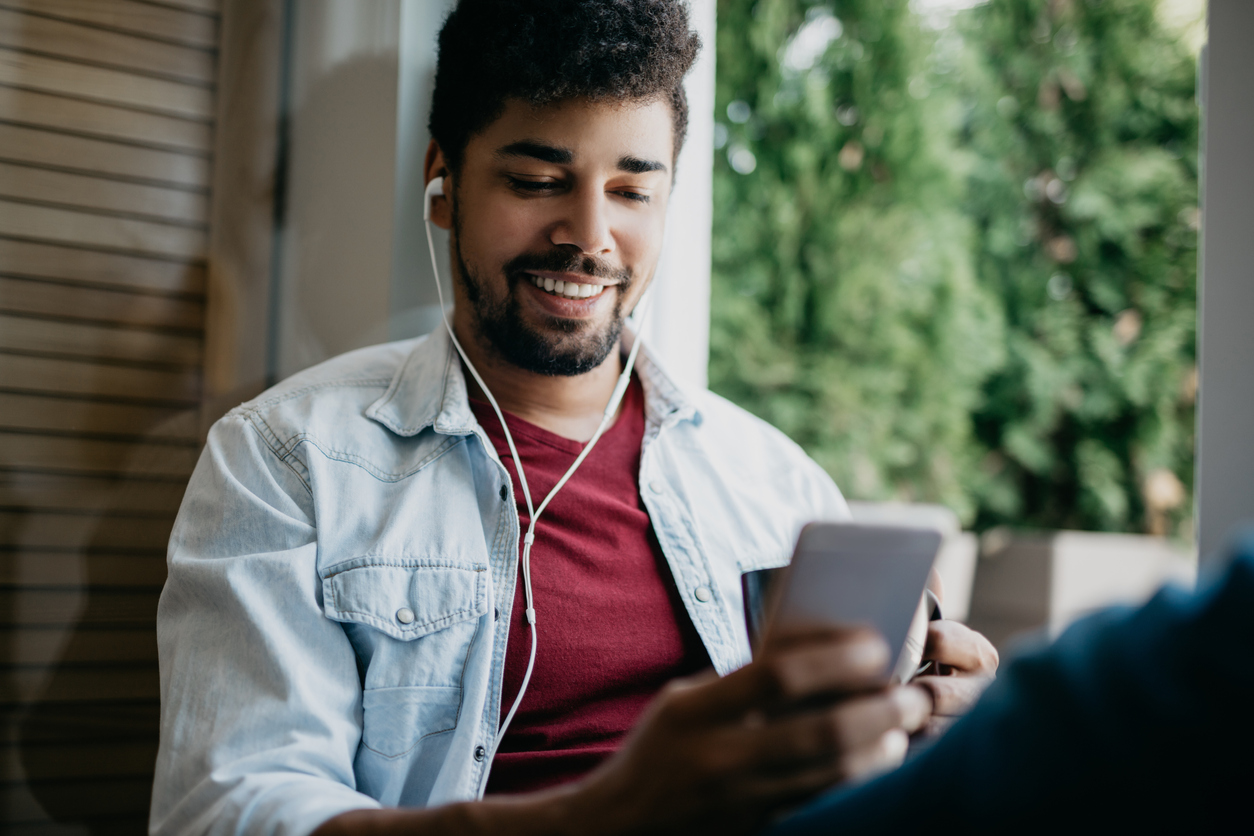How college students engage with podcasts
Another way to reach this demographic.

Katie Larason is an aspiring public relations professional from Kalamazoo, Michigan. She is currently a senior at Purdue University studying public relations and strategic communication.
The number of podcast listeners is on the increase — expected to rise to 464.7 million users during 2023, according to Oberlo. This popular format changes the way we consume media and engages college students. Riverside’s “Podcast Statistics and Trends” data says that 50% of U.S. podcast listeners fall between the ages of 12–34..
As a college student with an ear for podcasts, I considered my own perspective of the digital media and asked fellow students how podcasts fit into their day-to-day lives.
Students shared how this longer form of media content is great for long walks and commutes, while working out, or while doing activities around the house such as cooking or cleaning. A study from Riverside found that “74% of podcasts listeners tune in to learn new things, while others listen regularly for entertainment, to keep up to date, to relax, and for inspiration.” For some, podcasts can provide a sense of community and structure during this era of always being on-the-go.
College students follow the podcasting world through multiple streaming services. A 2020 study from Statista showed that Spotify was the “most commonly used app for listening to podcasts in the United States,” with 25% of listeners choosing this platform.
Common topics students gravitate toward include comedy, entertainment, education, health and wellness, history, news, politics, and true crime.. The students I surveyed are drawn to podcasts based on who the host is and if any guest stars will be included in the conversation. The majority of students shared that they enjoy listening to personality-driven channels such as “Office Ladies,” “The Joe Rogan Experience“ and “Unlocking Us with Brené Brown.” There was also a trend in students favoring health and wellness podcasts like “The Mindset Mentor” and “On Purpose with Jay Shetty.”
Many podcasts feature advertisements as a way for businesses to reach vast audiences while also serving as a revenue stream for podcasters. Data from Ad Results Media demonstrates that 51% of listeners are more likely to listen to advertisements on podcasts rather than on other media platforms. When asking students about ad placements, I found that they consistently skip through the advertisements, but are more persuaded to listen to them if it’s the podcast’s host themselves promoting the ad rather than a random voice interrupting the program. In terms of a more general audience, however, data from Ad Results Media found higher levels of listener engagement, with 74% of listeners following up with advertisements after hearing them during a podcast. The data shows that promoting advertisements in podcasts can be an effective marketing strategy, but is not particularly popular among students.
While students use podcasts in their everyday tasks, the technology also plays a part in the classroom. A study on “The Effects of Podcasting on College Student Achievement and Attitude” explores the role of podcasts as a “teaching enhancement tool” where college students “could experience more success if college teachers were able to personalize curricula” and assign content in a contemporary manner. The study found that students benefited from the use of podcasts and supported the technology which provided flexibility on when, where and how students could access their assignments..
Podcasts have become increasingly popular among college students as they offer convenient way to engage with media. As podcasts evolve, so does their ability to reach new audiences, build communities and act as a valuable tool for personal and intellectual growth.






